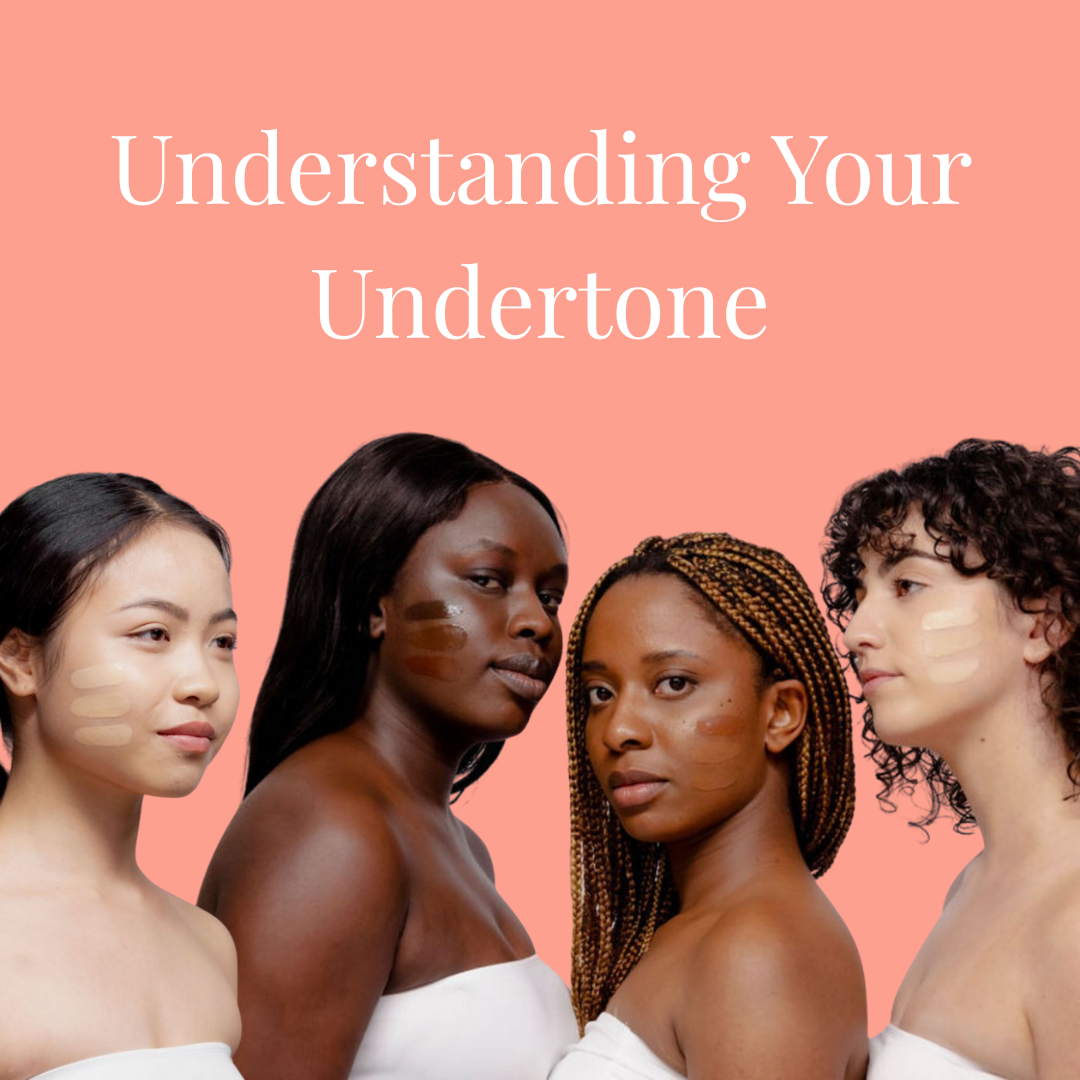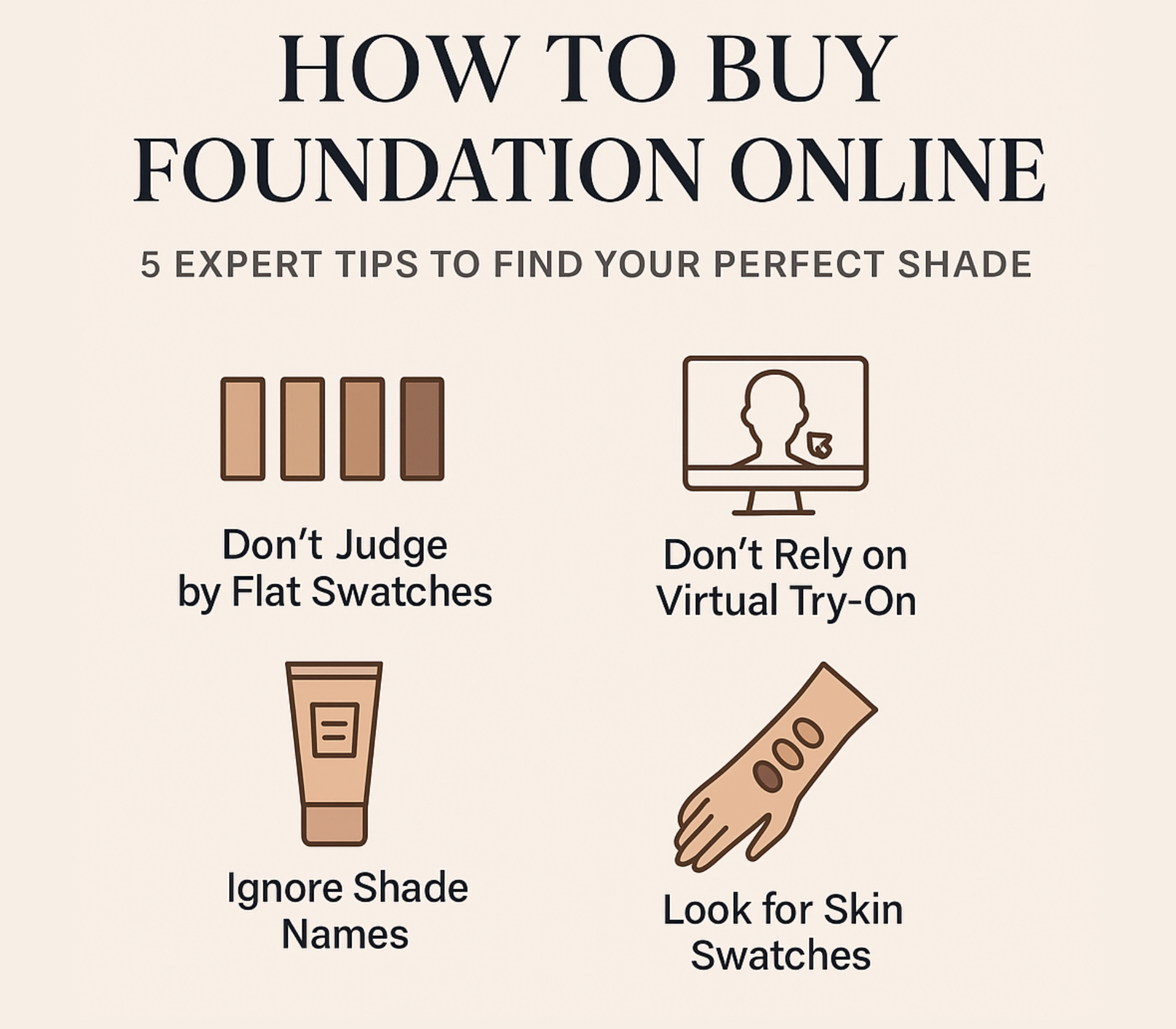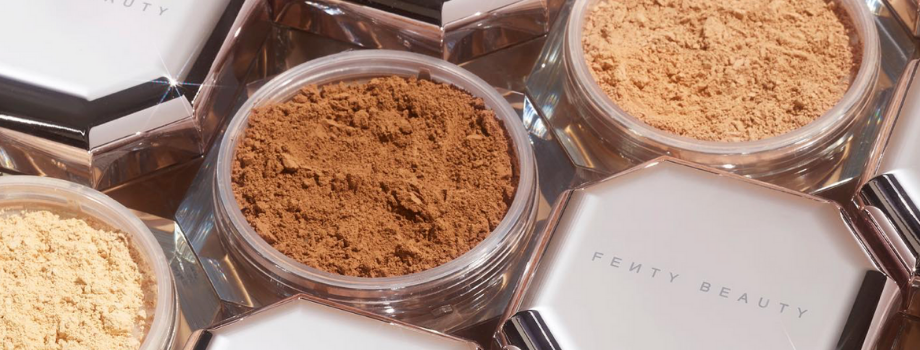
Shadows and Highlights on the Face
Author: MMM Team
10 Sep 2019
Shadows and highlights is a different perspective in how we can assess the face. It is an additional tool we can use for assessing the contours and projections of the face. Rather than examining the face in seperate segments such as the upper, mid or lower face, we are looking at the face as a whole, the underlying bone structure and how it affects the way light is reflected on the face.
We can use this means of assessment on for anti aging as well as enhancement.
When it comes to aging, we generally look for shadows. These shadows occur from a combination of factors but in particular from resorption and remodelling of bone.
With a younger face, because all the overlying soft tissue is supported by the bone, we get nice gentle contours that sit high and the points of light reflection sits high on the face.
As we get older, as a result of bone resorption , the soft tissues losses its support and slides downwards. As a result, points of light reflection shifts downwards.
The points where light is reflected on the face shifts as a result of bone change. If we were to address the aging process, we would want to address the bone resorption and therefore giving support to the soft tissue, repositioning it and shifting the points of light reflection back upwards. Our goal is to redrape the face rather than refil the face. So we are changing the way we are thinking about what we are doing.
In some situations, if we are limited to how much filler we can use due to budget, we can simply shift the points of light reflection before we address the bone loss. And by doing this, we create an optical illusion of lift.
The manipulation of light reflection to visually lift or enhance the face, is a trick commonly used by makeup artists.
To give you an example of how we can change create the illusion of lift simply by shifting points of light reflection, this is an example of my patient whom I used just makeup on.
So you can see, just by shifting where the light bounces off the face, we can visually create illusions of a lift.
So how do we translate this to what we do? How do we physically shift the points of light reflection?
Let’s have a look at a skeleton at 2 different ages.
If you look at where the maximal points of resorption on the skull, you would notice that it lies in the line of a V. The landmarks for this is to draw a line from the centre of the chin to the lateral canthus of the eye and you will find that the points of maximum resorption all lie on this line.
So if we were to address bone loss we would place filler at the depressions that lie on this line at these points. And in doing so we are able to resupport the soft tissues and shift the points of light reflection back up on the face.
If we were to only only address the points of light reflections we would place our filler slightly higher on the line under the lateral canthus here and at the temples to visually lift.
When it comes to enhancement, the play on light reflection is more evident.
Makeup artists often create illusions of bone structure and shape by highlighting and creating points of light reflections on the face.
For the Caucasian face, when it comes to highlighting, the goal is to enhance the zygomatic area and create the illusion of higher cheekbones.
This is a video of how a makeup artist can do this with highlighting makeup.
For the Asian face, the goal is a bit different. Asian faces tend to have a flatter midface, so to create the illusion of more projection the highlighting is focused more on the centre of the face as you can see here.
So for us, in translating this, for the Asian client, what we are trying to achieve is to physically shift the high points on the Asian bone structure so that it reflects light more centrally like the western bone structure which naturally has more prominence in the centre.
And for the Caucasian patient , we want to enhance points of reflection laterally mainly at the zygomatic and temples.
A really good way to understand this is to look at the the different skulls of an Asian and Caucasian person.
I have 2 skulls here with me today. An Asian 39 year old female and a Caucasian 45 year old female.
You can see the flatness in the centre of the Asian skull, so it makes sense that to enhance the Asian face, we want to bring these points forward.
For the Caucasian skull, it is about enhancement of the zygomatic (cheek) bones.
So can we do we do this using fillers?
For caucasian , we want to enhance bone structure laterally and the landmarks are the same as what we have used on the aging face it’s the exception that the points on the V points sits slightly higher than if we were to address the bone loss. For the Asian face, we want the enhancement centrally in line of a T as you can see here.
So you can see that points of light reflection can be valuable tool you can add to your assessment. By understanding light reflections and contours, we can combine the art of aesthetics with science and anatomy.
Subscribe
For all the latest news, tips, trends and exclusives, be sure to sign up to receive the latest straight to your inbox.
By clicking subscribe you agree to our terms and privacy policy.
Subscribe
For all the latest news, tips, trends and exclusives, be sure to sign up to receive the latest straight to your inbox.
By clicking subscribe you agree to our terms and privacy policy.











